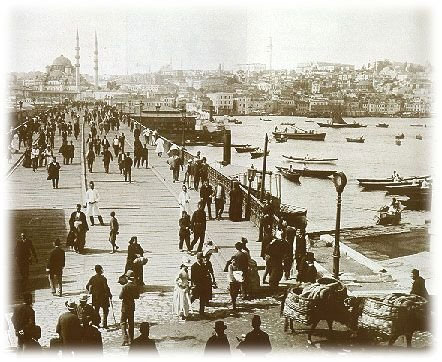Monday, February 16, 2009
All the people from all corners of the world should visit Byzantium, a place where diverse culture,  great government, harmonious architecture and breathtaking geography comes to life. Bustling with energy and style, Constantinople embodies the finest of both Asia and Europe.
great government, harmonious architecture and breathtaking geography comes to life. Bustling with energy and style, Constantinople embodies the finest of both Asia and Europe.
The Byzantium Empire emerged from the great Roman Empire which was separated when Emperor Constantine moved his capital to Constantinople, or otherwise known as Byzantium. Since then, two emperors governed the Roman Empire, one from Rome and the other from Byzantium, and eventually causing separation of the two empires.
From the many achievements of Constantinople, the ones that stand out most include the Hagia Sophia which symbolizes the Eastern Orthodoxy, the Justinian’s Code, which is a simple version of the Roman law, and the  Golden Horn, which protects Constantinople from enemies and also serves as a trade route.
Golden Horn, which protects Constantinople from enemies and also serves as a trade route.
The Hagia Sophia is an Eastern Orthodox church famously known for its large dome and massive architecture. It is known as the epitome of Byzantine architecture. Constructed in 532 by Isidore of Miletus and Anthemius of Tralles, Hagia Sophia has stood the test of time for over 600 years.
Justinian’s Code was completed in 534 when emperor Justinian I became satisfied with what he created. The law provided a lot of positive aspects in the Byzantine civilization by improving women’s property rights, the Law of Nations, and the Civil Law.
Surrounded by three bodies of water, Constantinople is very well secured and connectable. The Golden Horn was the heart of the trade route between Europe and Asia; Constantinople is in the middle of it all. Over a million 
With its heartwarming culture, and kind people, a trip to Byzantium is a holiday like no other. Constantinople has a blend of both the architectural world and rich cultures delivering enriching experiences.
Bibliography
First Picture - http://en.wikipedia.org/wiki/File:View_of_the_Seraglio_Point_from_Pera.jpg
Second Picture - http://www-groups.dcs.st-and.ac.uk/~history/Diagrams/Hagia_Sophia.jpeg
Third Picture - "Hagia Sophia." Wikipedia, The Free Encyclopedia. 13 Feb 2009, 07:00 UTC. 13 Feb 2009 <http://en.wikipedia.org/w/index.php?title=Hagia_Sophia&oldid=270393604>








